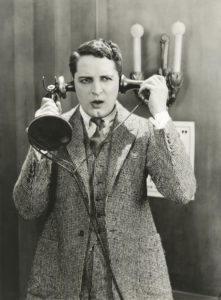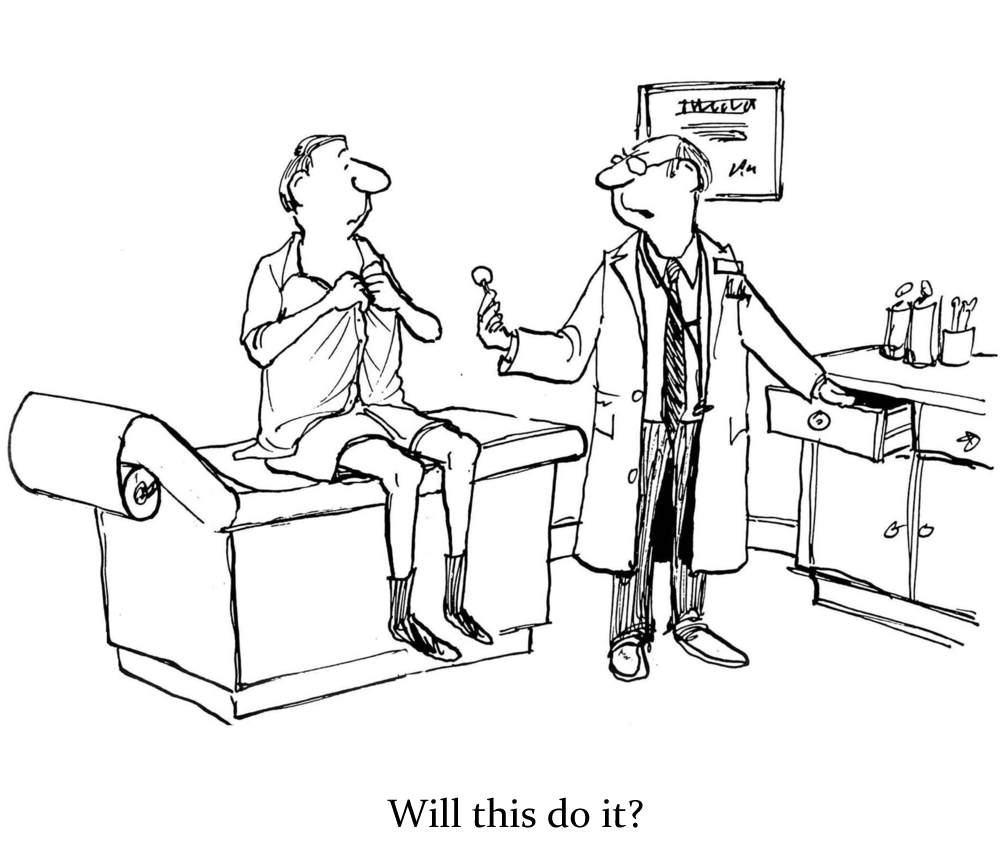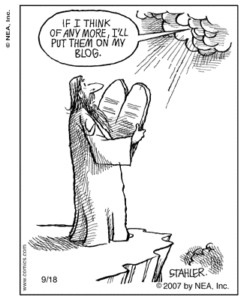Fake News and Mediation
Part I
{4 minutes to read} So what’s the relationship between “fake news” and mediation? Fake news has a long and sordid history in this country and it has often been used for nefarious purposes, frequently to further oppress the least fortunate as a means of gaining or preserving political or economic advantage.










